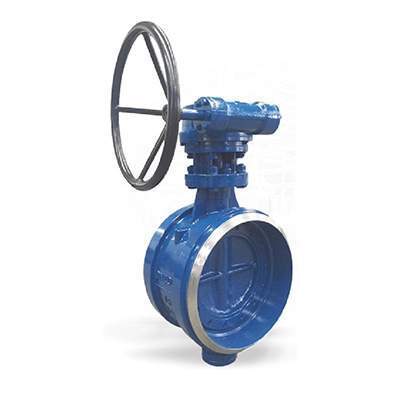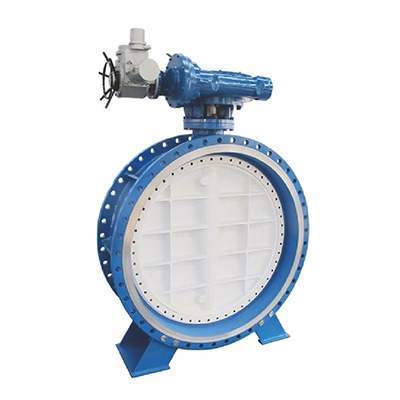Welcome to My Blog!
Before we dive into the content, I’d love for you to join me on my social media platforms where I share more insights, engage with the community, and post updates. Here’s how you can connect with me:
Facebook:https://www.facebook.com/profile.php?id=61563865935136
Now, let’s get started on our journey together. I hope you find the content here insightful, engaging, and valuable.
Introduction

Butterfly valves are essential components in various industrial applications, providing efficient flow control for liquids, gases, and slurries. Their simple design, compact size, and cost-effectiveness make them a popular choice across diverse sectors. Understanding the different butterfly valve type available is crucial for selecting the right valve for your specific needs. This guide aims to provide a comprehensive overview of butterfly valve types, their characteristics, applications, and frequently asked questions.
What is a Butterfly Valve?
A butterfly valve is a quarter-turn rotational motion valve used to regulate or stop the flow of fluid in a piping system. It consists of a circular disc (the “butterfly”) that rotates on a central axis. When the disc is parallel to the flow, the valve is fully open, allowing unrestricted flow. When the disc is perpendicular to the flow, the valve is fully closed, blocking the flow. Intermediate disc positions provide varying degrees of flow regulation.
Different Butterfly Valve Type
Several types of butterfly valves exist, each designed for specific applications and operating conditions. Here are some of the most common types:
Lug-Style Butterfly Valve Type
Lug-style butterfly valves have threaded inserts (lugs) around the valve body, allowing them to be bolted between two flanges. This design enables the valve to be disconnected from one side of the piping system without affecting the other side, making it ideal for end-of-line service. Lug-style valves are known for their robust construction and are suitable for higher pressure and temperature applications.
Wafer-Style Butterfly Valve Type
Wafer-style butterfly valves are the most common type. They are installed between two flanges using bolts that pass through both flanges and the valve body. This design is compact and lightweight, making it suitable for space-constrained applications. Wafer-style valves are generally less expensive than lug-style valves but are not suitable for end-of-line service.
Flanged Butterfly Valve Type
Flanged butterfly valves have flanges on both ends, allowing them to be directly bolted to matching pipe flanges. This design provides a secure and leak-free connection and is suitable for high-pressure and high-temperature applications. Flanged valves are often used in critical applications where reliability is paramount.
High-Performance Butterfly Valve Type
High-performance butterfly valves are designed for demanding applications requiring tight shutoff and high-pressure capabilities. They feature a double or triple offset disc design, which minimizes disc wear and reduces torque requirements. These valves are commonly used in oil and gas, chemical processing, and power generation industries.
Resilient-Seated Butterfly Valve Type
Resilient-seated butterfly valves use an elastomeric liner (seat) to provide a bubble-tight seal. The seat material can vary depending on the application and fluid compatibility. Resilient-seated valves are commonly used in water and wastewater treatment, chemical processing, and HVAC systems.
Triple Offset Butterfly Valve Type
Triple offset butterfly valves are engineered for critical applications demanding zero leakage and high-pressure tolerance. The triple offset design eliminates rubbing between the disc and seat, reducing wear and extending valve life. These valves are often employed in refineries, petrochemical plants, and power plants.
Concentric Butterfly Valve Type
Concentric butterfly valves, also known as centric butterfly valves, are the most basic design. The disc rotates on a central axis, and the seat is located in the valve body. These valves are suitable for low-pressure and low-temperature applications and are commonly used in general-purpose services.
Comparison of Butterfly Valve Type
Here’s a table summarizing the key characteristics of different butterfly valve types:
| Valve Type | Key Features | Applications | Pressure Rating | Temperature Rating |
|---|---|---|---|---|
| Lug-Style Butterfly Valve Type | Threaded lugs for end-of-line service | Chemical processing, water treatment, industrial applications | High | High |
| Wafer-Style Butterfly Valve Type | Compact and lightweight design | General-purpose applications, HVAC, water systems | Medium | Medium |
| Flanged Butterfly Valve Type | Flanged ends for secure connections | High-pressure and high-temperature applications | High | High |
| High-Performance Butterfly Valve Type | Double or triple offset disc design | Oil and gas, chemical processing, power generation | High | High |
| Resilient-Seated Butterfly Valve Type | Elastomeric liner for bubble-tight seal | Water and wastewater treatment, chemical processing, HVAC | Medium | Medium |
| Triple Offset Butterfly Valve Type | Triple offset design for zero leakage | Refineries, petrochemical plants, power plants | High | High |
| Concentric Butterfly Valve Type | Simple design, seat in valve body. | Low pressure systems, general service. | Low | Low |
Butterfly Valve Type Selection Considerations

Selecting the right butterfly valve type involves considering several factors:
- Application: Determine the specific application and the type of fluid being handled.
- Pressure and Temperature: Ensure the valve can withstand the operating pressure and temperature.
- Fluid Compatibility: Select a valve material that is compatible with the fluid being handled.
- Size and Connection: Choose the appropriate valve size and connection type (lug, wafer, flanged).
- Operating Torque: Consider the torque required to operate the valve, especially for larger sizes.
- Seat Material: Select a seat material that provides the required sealing performance and fluid compatibility.
Conclusion
Understanding the various butterfly valve type available is crucial for selecting the right valve for your specific application. By considering the factors discussed in this guide, you can ensure optimal performance and reliability of your piping systems.
FAQ
Q: What is the difference between a lug-style and wafer-style butterfly valve?
A: Lug-style valves have threaded lugs for bolting between flanges and can be used for end-of-line service, while wafer-style valves are installed between flanges using bolts that pass through both flanges and the valve body.
Q: What is a high-performance butterfly valve?
A: High-performance butterfly valves are designed for demanding applications requiring tight shutoff and high-pressure capabilities. They feature a double or triple offset disc design.
Q: What is a resilient-seated butterfly valve?
A: Resilient-seated butterfly valves use an elastomeric liner (seat) to provide a bubble-tight seal.
Q: What is a triple offset butterfly valve?
A: Triple offset butterfly valves are engineered for critical applications demanding zero leakage and high-pressure tolerance.
Q: What factors should I consider when selecting a butterfly valve?
A: Factors to consider include the application, pressure and temperature, fluid compatibility, size and connection, operating torque, and seat material.
